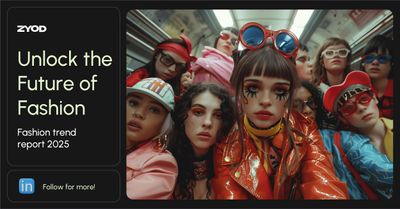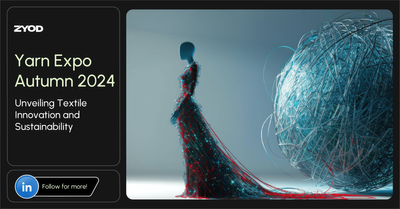How Grassroot by Anita Dongre is Setting the Gold Standard for Sustainable Luxury Fashion
Why Sustainability is Key in Luxury Fashion?
As the world grows more environmentally conscious, consumers are demanding that even the most exclusive luxury brands align with sustainability values. In fashion, sustainability is no longer a luxury, it is an expectation. This shift is being led by consumers—especially Millennials and Gen Z—who seek brands that prioritize eco-friendly production and ethical practice.
According to Bain & Company’s "Luxury Goods Worldwide Market Study," Millennials and Gen Z made up 50% of luxury buyers in 2022, and this percentage is expected to grow to over 70% by 2025, with 75% preferring brands that align with sustainability values
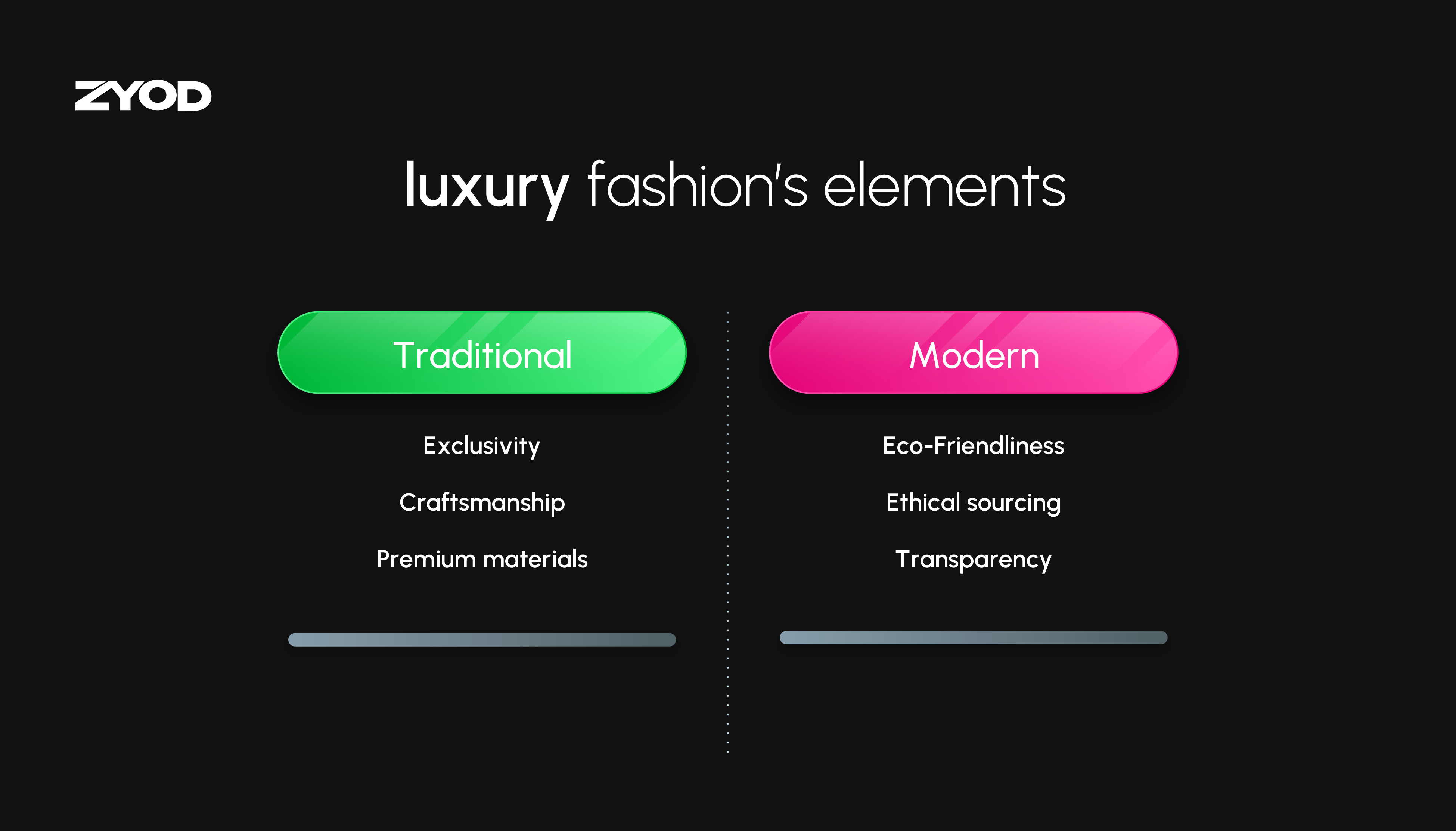
Major global brands have had to transform their practices to avoid the environmental and social pitfalls that traditional luxury fashion often faces. Now, brands like Grassroot by Anita Dongre are redefining the narrative by marrying luxury with sustainable practices.
Grassroot by Anita Dongre – A Pioneer of Sustainable Luxury
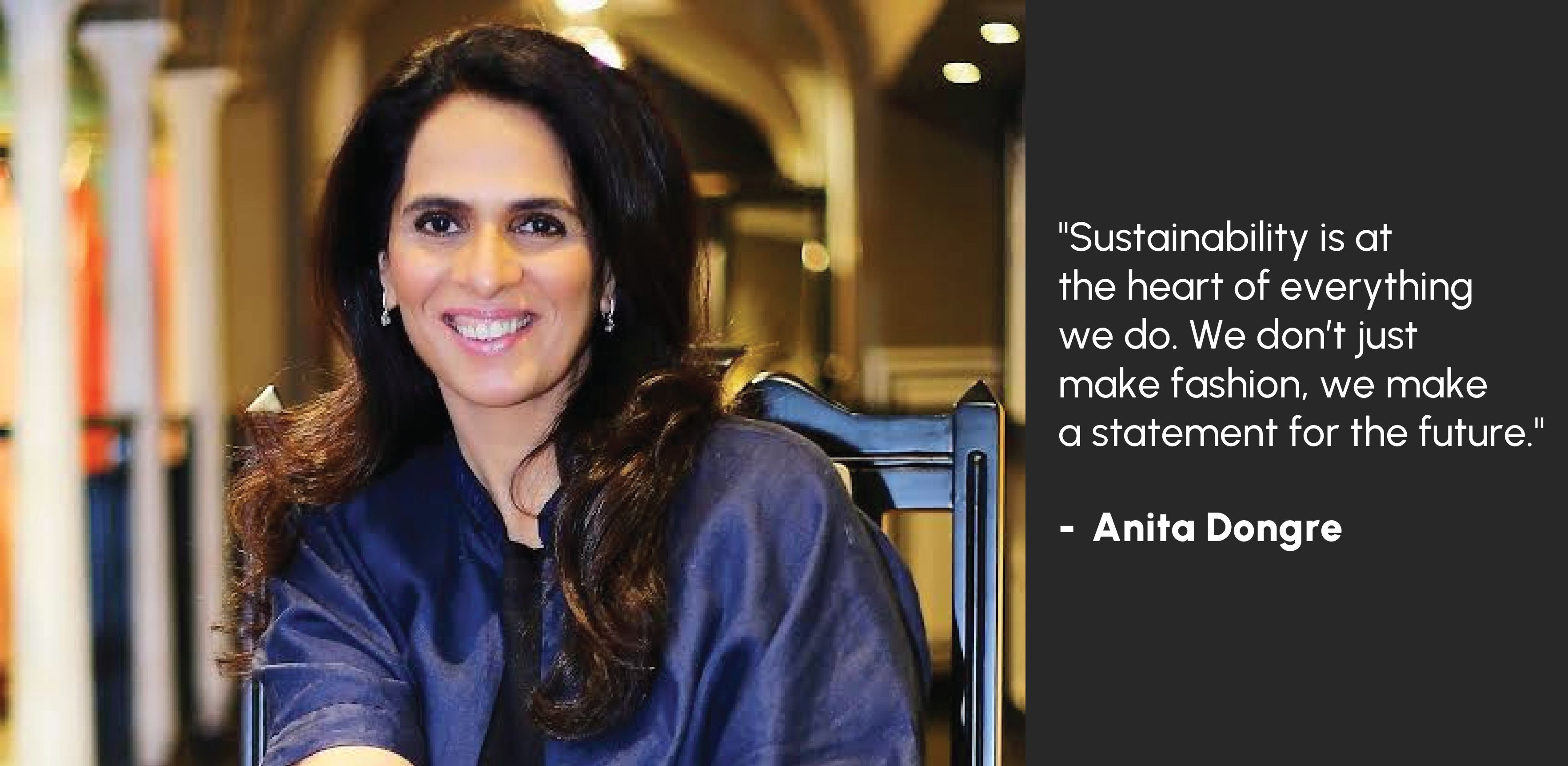
Anita Dongre, an iconic name in Indian fashion, launched her sustainable luxury brand Grassroot to bring back India’s rich textile heritage while making it relevant in today’s global fashion industry. The brand’s focus is on slow fashion—creating timeless pieces that transcend seasons—and each collection is rooted in the values of sustainability, social empowerment, and craftsmanship.
Anita Dongre’s brand crossed ₹1,000 crore in turnover in 2021, becoming one of India’s top luxury brands (Source: Vogue Business, 2020)
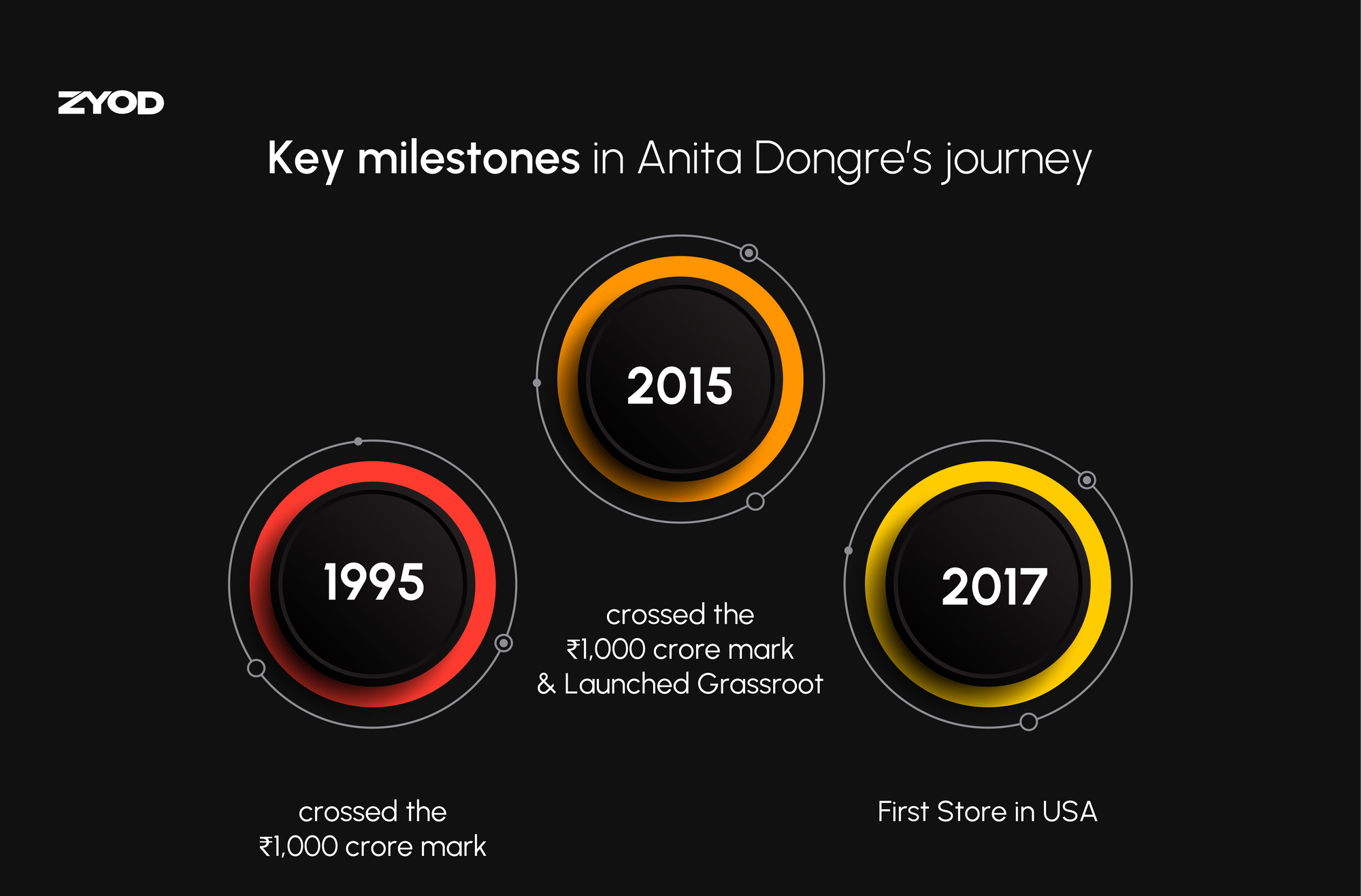
Grassroot’s approach is a prime example of how a luxury brand can integrate sustainability at every level, from using eco-friendly fabrics like Tencel to maintaining ethical production processes.
Key Pillars of Building a Sustainable Luxury Brand
Building a sustainable luxury brand involves more than just incorporating a few green initiatives. Here’s how Grassroot by Anita Dongre models this comprehensive approach:
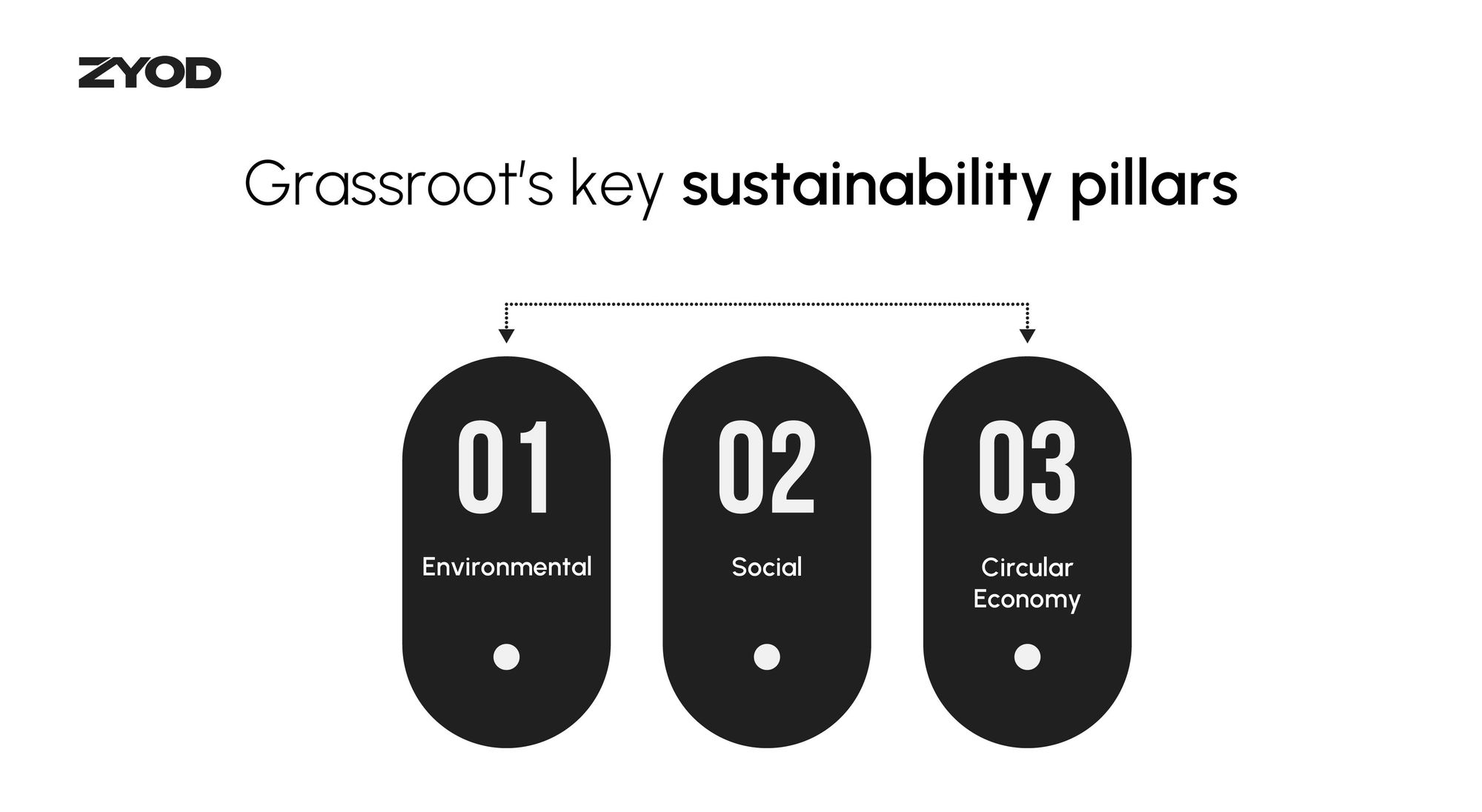
a) Environmental Sustainability: Grassroot is committed to using sustainable fabrics such as BCI cotton and Tencel. The company also employs energy-saving techniques like rainwater harvesting and solar power at its headquarters. Grassroot’s manufacturing processes produce minimal waste, which is recycled into products like masks and carry bags.
b) Social Sustainability: A key aspect of sustainability is empowering local artisans. Grassroot partners with NGOs to create community-tailoring units that provide rural women with professional training and job opportunities. This initiative helps slow down urban migration and brings economic stability to villages.
c) Circular Economy:Grassroot avoids excess production, focusing instead on creating just enough to meet demand. The brand emphasizes timeless designs that reduce the pressure to constantly create new collections. It also collaborates with organizations to recycle plastic waste used in packaging.
Grassroot’s partnership with Lucro Plastecycle Private Ltd recycles 500 kg of plastic waste per month (Source: Lucro Plastecycle, 2022)
The Challenges and How to Overcome Them
Every luxury brand attempting to become sustainable faces numerous challenges. For Grassroot, one of the biggest hurdles was logistical—sourcing from rural villages while maintaining quality and efficiency. Additionally, educating consumers about the value of sustainability can be a daunting task.
Challenges and Solutions:
- Supply Chain Complexity: Grassroot invested in local infrastructure to ensure artisans had the tools to meet modern market demands.
- Solution: Use technology (e.g., blockchain) to increase supply chain transparency.
- Consumer Education: Many consumers still lack awareness about sustainable luxury.
- Solution: Grassroot shares behind-the-scenes stories of its artisans, helping consumers understand the brand’s values.
Innovation in Sustainable Luxury
Innovation plays a critical role in pushing sustainable luxury forward. Grassroot introduced the use of cutting-edge fabrics like Tencel, a biodegradable material sourced from eucalyptus trees that uses minimal water and no pesticides. This fabric exemplifies how modern technology can align with sustainability.
Grassroot has also invested in design innovations, including digital design processes to minimize fabric waste and digital marketing strategies to build transparency across its supply chain.
Tencel production uses 50% less energy and water than traditional fabrics (Source: Lenzing Group, 2021)
Why Sustainable Luxury Brands Have a Competitive Edge
Sustainable luxury brands not only address the growing environmental concerns of consumers, but they also create a deeper emotional connection with their audience. Grassroot by Anita Dongre is an example of how brands that are transparent, socially responsible, and environmentally conscious stand out in the luxury fashion market.
Conclusion
In today’s fashion landscape, sustainability is no longer a choice but a necessity, even for luxury brands. Grassroot by Anita Dongre exemplifies how the fusion of luxury and sustainability can create a powerful impact, not just on the environment but also on consumer behavior. By committing to slow fashion, ethical practices, and innovation in sustainable materials, Grassroot has set a benchmark in the luxury industry. As consumer demands evolve, especially with the rise of Millennials and Gen Z, sustainable brands will continue to gain a competitive edge. Brands that prioritize transparency, environmental responsibility, and social empowerment will not only attract loyal customers but also redefine what it means to be a leader in the luxury market. Grassroot’s journey shows that sustainability, far from being a limitation, is a pathway to success and future growth in fashion.



